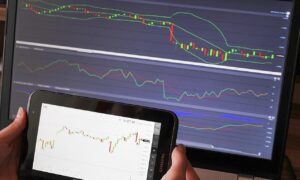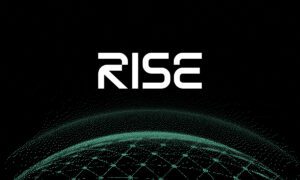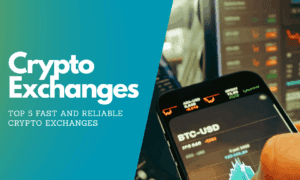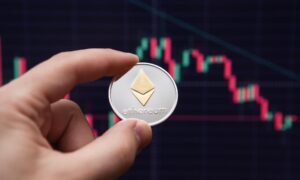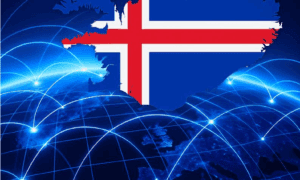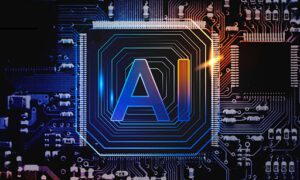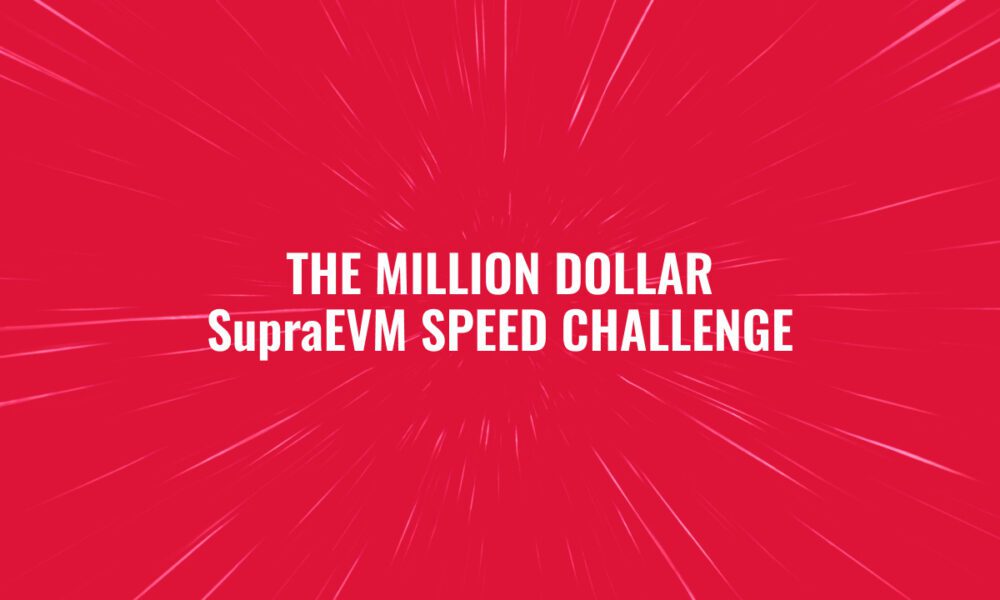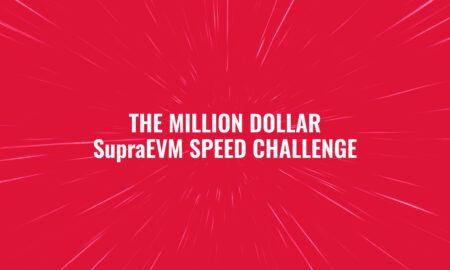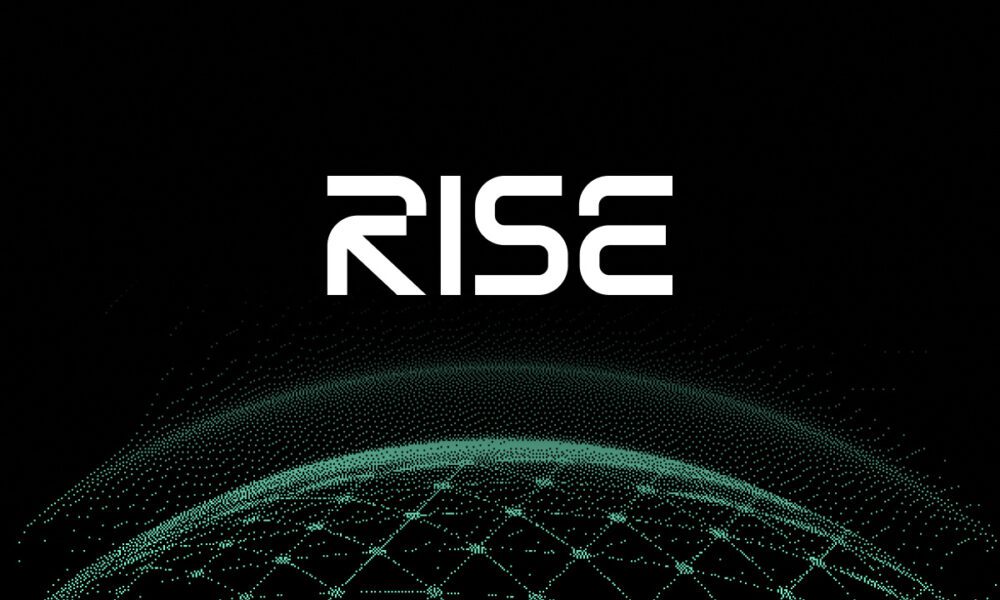The landscape of futures trading is constantly evolving, and as we look ahead to 2025, several key trends are poised to shape the industry. One prominent trend is the increasing integration of artificial intelligence (AI) and machine learning in trading algorithms. These technologies enable traders to analyze vast amounts of data in real-time, identify patterns, and execute trades with unprecedented speed and accuracy.
Additionally, the rise of algorithmic trading, also known as algo-trading, is expected to continue, as more traders harness the power of automated systems to execute complex strategies and minimize human error. Another significant trend on the horizon is the growing emphasis on sustainable and socially responsible investing in futures trading. As environmental, social, and governance (ESG) considerations take center stage in global financial markets, futures traders are increasingly incorporating ESG factors into their decision-making processes.
This shift reflects a broader societal awareness of the impact of financial activities on the environment and society, driving demand for ESG-compliant futures products and strategies.
Key Takeaways
- Artificial intelligence and machine learning will play a significant role in shaping the future of futures trading in 2025.
- Blockchain technology is expected to revolutionize the way futures trading is conducted, providing increased security and transparency.
- The use of big data analytics will enable traders to make more informed decisions and identify profitable opportunities in the futures market.
- The integration of advanced trading platforms and mobile applications will make futures trading more accessible and convenient for a wider range of investors.
- Regulatory changes and advancements in technology will continue to drive the evolution of futures trading in 2025, creating new opportunities and challenges for market participants.
Innovations Revolutionizing Futures Trading: What to Expect This Year
Smart Contracts: Automating Futures Trading
Smart contracts powered by blockchain technology have the potential to automate and enforce the terms of futures contracts, further increasing efficiency and trust in the trading process.
The Rise of Decentralized Finance (DeFi)
The emergence of decentralized finance (DeFi) platforms is expected to disrupt traditional futures trading models. DeFi protocols leverage blockchain and smart contracts to create decentralized, permissionless financial services, including derivatives trading.
A New Era of Futures Trading
By eliminating intermediaries and enabling peer-to-peer transactions, DeFi platforms offer traders greater autonomy and accessibility while challenging the dominance of centralized futures exchanges. As DeFi continues to gain traction, it is poised to reshape the dynamics of futures trading in 2025 and beyond.
Where Futures Trading Can Go in 2025: Exploring New Possibilities
Looking ahead to 2025, one area of potential growth in futures trading lies in the realm of predictive analytics and data-driven insights. With the proliferation of big data and advanced analytics tools, traders can harness predictive models to anticipate market movements, identify emerging trends, and make informed decisions. By leveraging machine learning algorithms and sophisticated data analysis techniques, traders can gain a competitive edge in forecasting price dynamics across various futures markets.
Moreover, the convergence of futures trading with emerging technologies such as virtual reality (VR) and augmented reality (AR) presents new possibilities for immersive trading experiences. VR and AR technologies can transform how traders visualize market data, monitor portfolio performance, and interact with trading interfaces. By creating intuitive and interactive virtual environments, these technologies have the potential to enhance decision-making processes and provide a more intuitive understanding of complex market dynamics.
The Future of Futures Trading: Innovations and Trends for 2025
|
Metrics |
2020 |
2025 (Projected) |
|
Number of Futures Traders |
1,000,000 |
1,500,000 |
|
Volume of Futures Contracts Traded |
10,000,000 |
15,000,000 |
|
Technology Adoption Rate |
60% |
80% |
|
Number of Automated Trading Systems |
500 |
1,000 |
As we approach 2025, the future of futures trading is intertwined with the evolution of digital assets and cryptocurrencies. The integration of digital assets into traditional futures markets is expected to gain momentum, offering traders exposure to a new asset class with unique risk-return profiles. With the maturation of cryptocurrency derivatives and the potential introduction of regulated digital asset futures, traders can diversify their portfolios and capitalize on the growing interest in digital currencies.
Furthermore, the advent of quantum computing holds transformative potential for futures trading in 2025. Quantum computers have the capability to process vast amounts of data at unprecedented speeds, enabling complex calculations and optimization tasks that are currently beyond the reach of classical computing systems. In the realm of futures trading, quantum computing could revolutionize risk management, portfolio optimization, and derivative pricing, ushering in a new era of computational power and strategic decision-making.
Can Futures Trading Keep Up with Technological Advancements in 2025?
In 2025, the rapid pace of technological advancements presents both opportunities and challenges for futures trading. While innovations such as AI, blockchain, and quantum computing offer immense potential for enhancing trading capabilities, they also raise questions about regulatory frameworks, cybersecurity risks, and ethical considerations. As technological innovations continue to reshape the financial industry, regulators and market participants must collaborate to establish robust governance frameworks that ensure the integrity and stability of futures markets in the face of technological disruption.
Moreover, the proliferation of application programming interfaces (APIs) and interoperable platforms is poised to facilitate seamless integration across diverse trading systems and data sources. By leveraging open APIs and standardized protocols, traders can access a broader range of market data, execute trades across multiple platforms, and deploy customized trading strategies with greater flexibility. This interconnected ecosystem of trading technologies fosters innovation and collaboration while empowering traders with enhanced connectivity and efficiency.
Innovations Shaping the Future of Futures Trading: A Glimpse into 2025
In 2025, innovations in risk management tools are set to redefine how traders navigate the complexities of futures markets. Advanced risk analytics platforms equipped with real-time monitoring capabilities enable traders to assess portfolio exposures, stress test scenarios, and mitigate potential risks proactively. By leveraging sophisticated risk models and scenario analysis tools, traders can optimize their risk-return profiles and adapt to dynamic market conditions with greater resilience.
Furthermore, the evolution of regulatory technology (RegTech) solutions is poised to streamline compliance processes and enhance transparency in futures trading. RegTech platforms leverage automation, artificial intelligence, and distributed ledger technologies to facilitate regulatory reporting, monitor market abuse risks, and ensure adherence to evolving compliance standards. As regulatory requirements continue to evolve in response to technological advancements, RegTech solutions play a pivotal role in enabling market participants to navigate regulatory complexities efficiently while upholding integrity and transparency in futures trading.
Navigating the Future of Futures Trading: Trends and Opportunities
In navigating the future of futures trading in 2025, traders are presented with opportunities to embrace sustainable investing principles through innovative ESG-focused futures products. The integration of ESG considerations into futures trading strategies aligns with growing investor demand for socially responsible investment opportunities that prioritize environmental stewardship, social impact, and corporate governance standards. By incorporating ESG metrics into investment decisions, traders can align their portfolios with sustainable development goals while contributing to positive societal outcomes.
Moreover, the democratization of access to futures markets through digital platforms and mobile trading applications is expected to expand market participation and empower a new generation of retail traders. With user-friendly interfaces, educational resources, and seamless account management features, digital trading platforms cater to diverse investor profiles and foster greater inclusivity in futures trading. This trend towards democratization underscores the potential for broader market engagement and diversified investment strategies as we venture into the future of futures trading in 2025.
In conclusion, as we anticipate the future of futures trading in 2025, it is evident that technological innovations, evolving market dynamics, and shifting investor preferences will continue to shape the industry’s trajectory. From AI-powered algorithms to decentralized finance platforms, from digital assets to quantum computing capabilities, the landscape of futures trading is poised for transformation. Embracing these trends and innovations while addressing associated challenges will be essential for market participants to navigate the complexities and seize opportunities in the dynamic world of futures trading.
FAQs
What are some key trends and innovations in futures trading for 2025?
Some key trends and innovations in futures trading for 2025 include the increasing use of artificial intelligence and machine learning for trading algorithms, the rise of decentralized finance (DeFi) platforms for futures trading, the integration of blockchain technology for transparent and secure transactions, and the expansion of trading opportunities in emerging markets.
How is technology revolutionizing futures trading this year?
Technology is revolutionizing futures trading in 2025 by enabling faster and more efficient trading processes, providing access to real-time market data and analysis, facilitating automated trading strategies, and creating new trading platforms and tools that enhance the overall premier broker futures experience.
What can we expect from the future of futures trading in 2025?
In 2025, we can expect the future of futures trading to be characterized by increased digitization, the continued development of advanced trading technologies, the expansion of trading opportunities in global markets, and the integration of sustainable and socially responsible trading practices.
How are innovations shaping the future?
Innovations are shaping the future of futures trading in 2025 by driving the development of new trading platforms, tools, and technologies, expanding access to diverse trading opportunities, and promoting greater transparency, efficiency, and accessibility in the futures market.
Can futures trading keep up with technological advancements?
Yes, futures trading can keep up with technological advancements in 2025 by embracing innovative solutions, leveraging advanced technologies, and adapting to the changing demands of traders and the market. The industry is continuously evolving to incorporate new technologies and stay competitive in the global financial landscape.
What are some opportunities and challenges in navigating next years?
Some opportunities in navigating the future of futures trading for 2025 include the potential for expanded market access, the development of new trading strategies, and the integration of sustainable and ethical trading practices. Challenges may include adapting to regulatory changes, managing cybersecurity risks, and addressing the impact of geopolitical and economic factors on trading dynamics.


